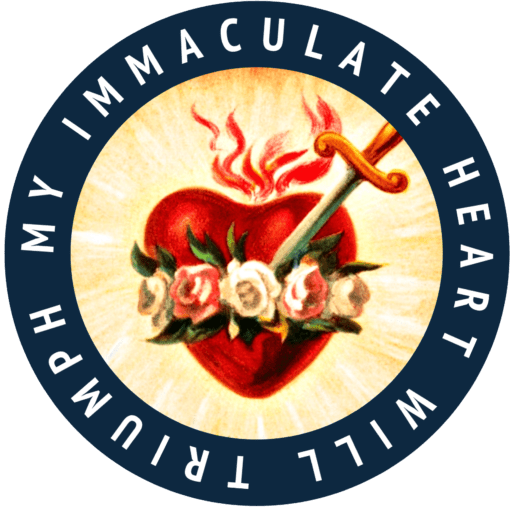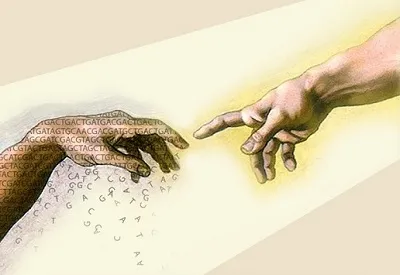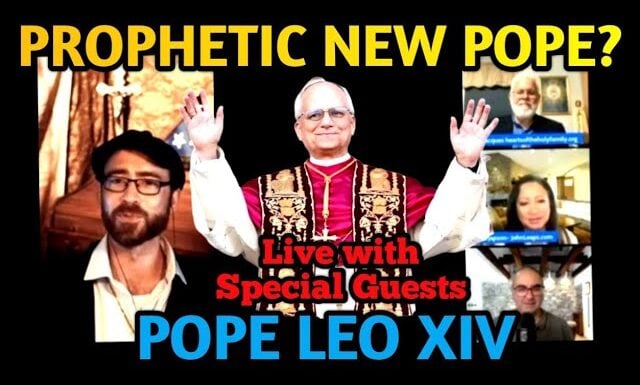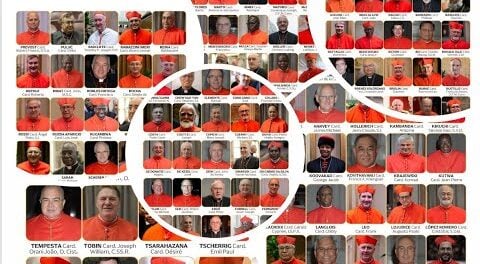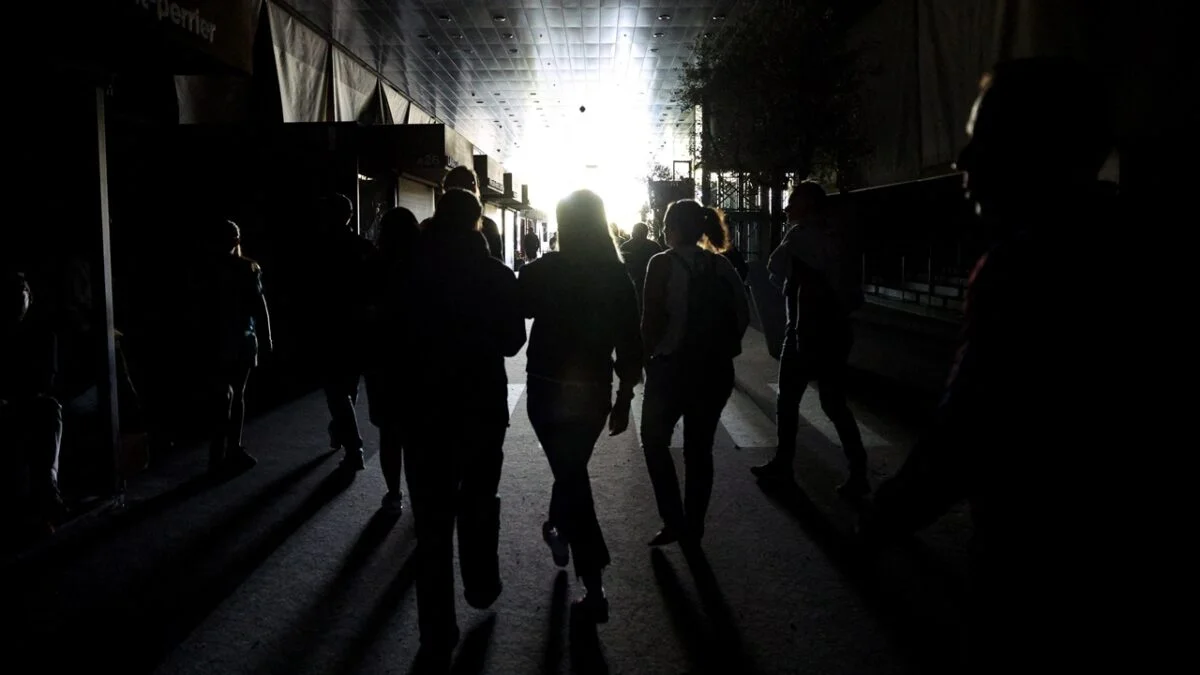
Tag: real miracles
-

Prayer for Break Unholy Ties, Curses, Spells, Seals & Consecrations Prayer
Read More: Prayer for Break Unholy Ties, Curses, Spells, Seals & Consecrations PrayerPrayer To Break Unholy Ties This prayer is used when the victim has had a long-standing relationship with person(s) involved with the occult or has communicated with “imaginary friends,” spirit guides, ascended masters, “elementals, ” “wandering souls,” etc. In the Name of Jesus, I break any unholy ties, links, and bondages between myself and X and all…
-
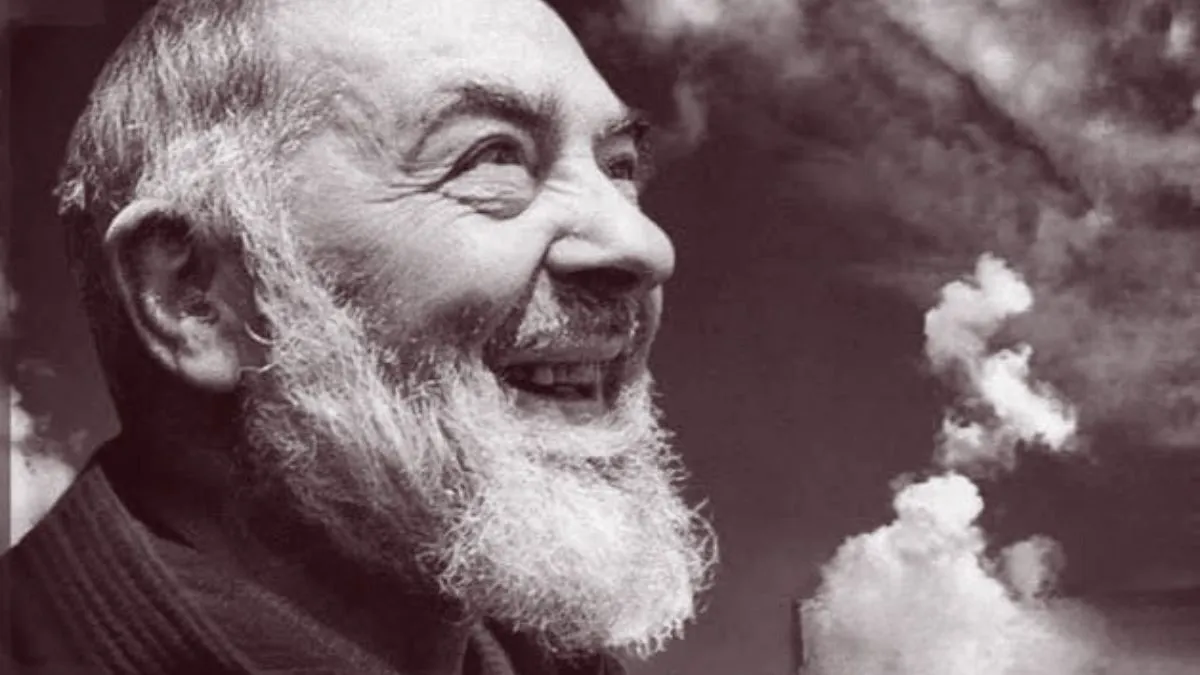
Miracle! St. Padre Pio Provides Long Distance Assistance: St. Padre Pio’s Bilocation Helps a Family
Read More: Miracle! St. Padre Pio Provides Long Distance Assistance: St. Padre Pio’s Bilocation Helps a FamilyThe Holiness of St. Padre Pio There are a number of reasons for this. Many might cite the fact that he received many extraordinary graces including visions, the stigmata, bilocation, and even miracles attributed to his intercession. However, it should always be noted that Holy Mother Church never raises a man or woman to the…
-
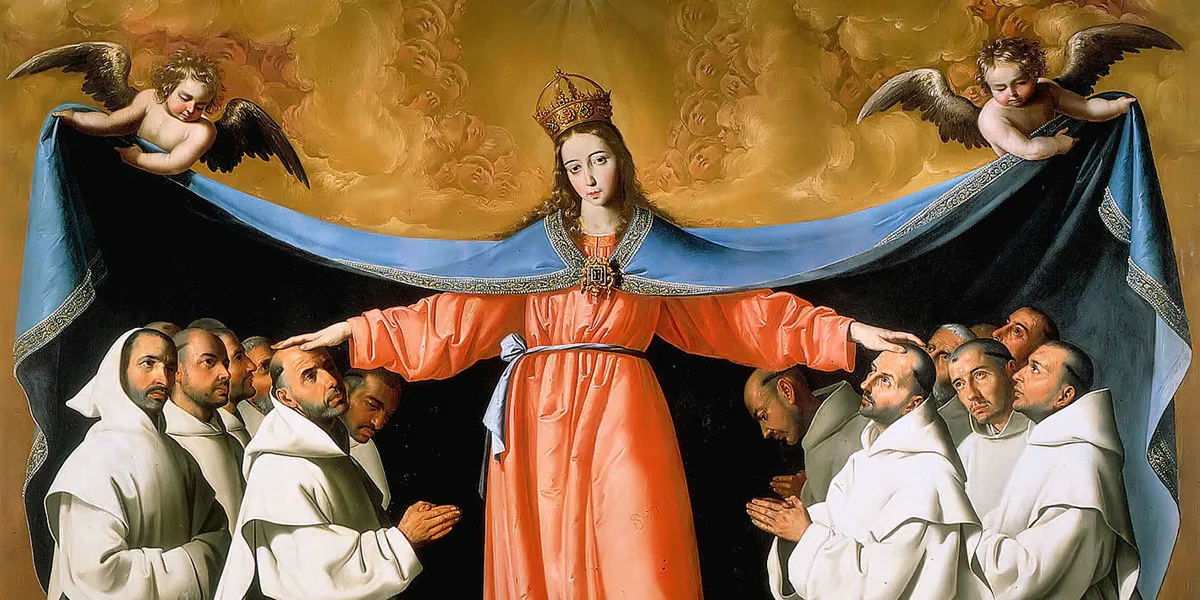
Chaplet, Novena, Prayer to Our Lady of Mercy
Read More: Chaplet, Novena, Prayer to Our Lady of MercyChaplet to Our Lady of Mercy (consists of three decades) In the beginning: Hail, holy Queen, Mother of Mercy; our life, our sweetness and our hope! To you do we cry, poor banished children of Eve. To you do we send our sighs, mourning and weeping in this valley of tears. Turn, then, most gracious…
-
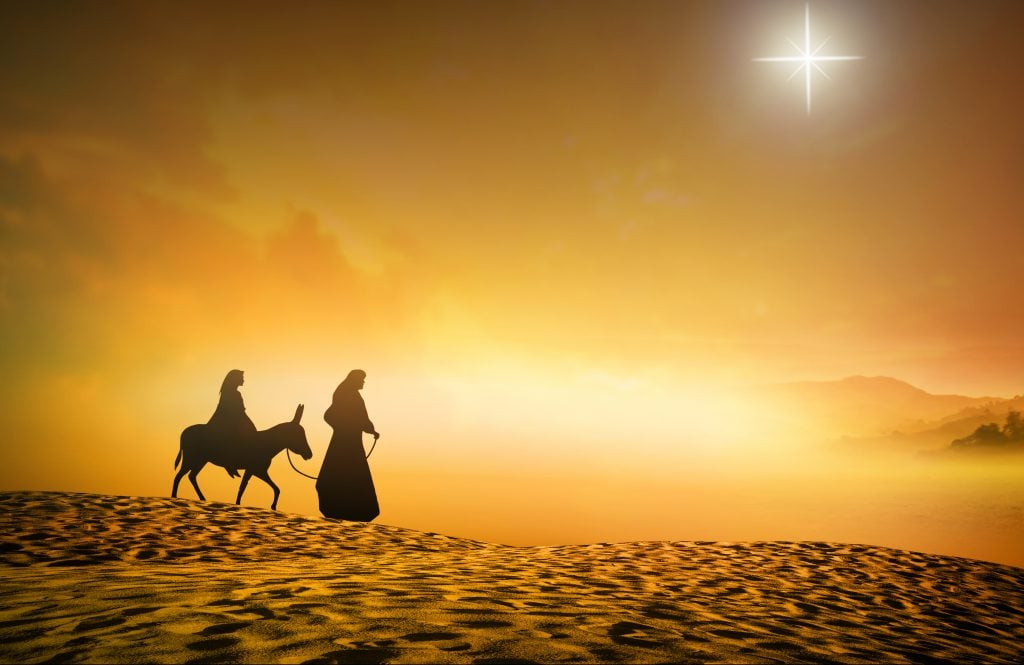
St. Andrew Christmas Novena | Prepare Your Heart!
Read More: St. Andrew Christmas Novena | Prepare Your Heart!The feast of St. Andrew has always been closely associated with the beginning of Advent as it usually falls shortly after the First Sunday of Advent. In light of that fact, for at least the past century a prayer was developed as a daily preparation for Christmas and took November 30 as its starting point. It…
-
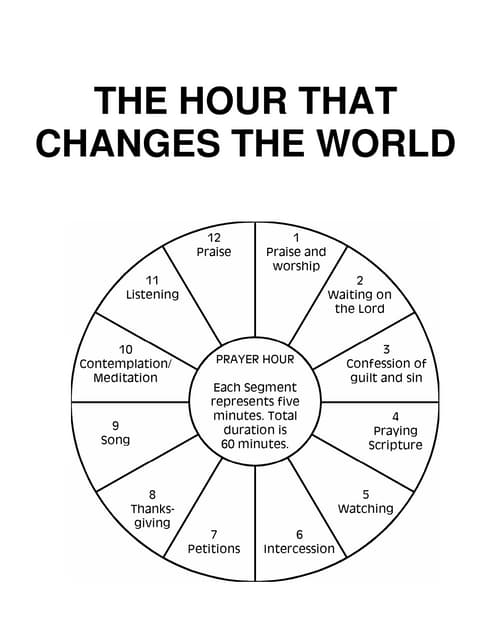
Watch “Miracle Hour – A method of prayer that will change your life” by Linda Schubert
Read More: Watch “Miracle Hour – A method of prayer that will change your life” by Linda Schuberthttps://youtu.be/kscXVKAJn9c?si=jiWW93ADDdyiG2bS Download the prayer journal below! Powered By EmbedPress
-

Chronology of WW3 According to Catholic Prophecies
Read More: Chronology of WW3 According to Catholic PropheciesChronology of WW3 According to Catholic Prophecies Exploring Catholic Mystics’ Insights into Modern Global Tensions Catholic prophecy has long spoken of an apocalyptic conflict involving multiple nations, leading to divine chastisement and ultimate renewal. While World War III (WW3) is not explicitly named, the mystics and visionaries of the Church have described events that closely…
-

Novena of Confidence to the Sacred Heart
Read More: Novena of Confidence to the Sacred HeartO Lord Jesus Christ, To your most Sacred Heart, I confide this/these intention: (mention your intention) Only look upon me, And then do What your Sacred Heart inspires. Let your Sacred Heart decide I count on it, I trust in it I throw myself on Your mercy, Lord Jesus! You will not fail me. Sacred…
-
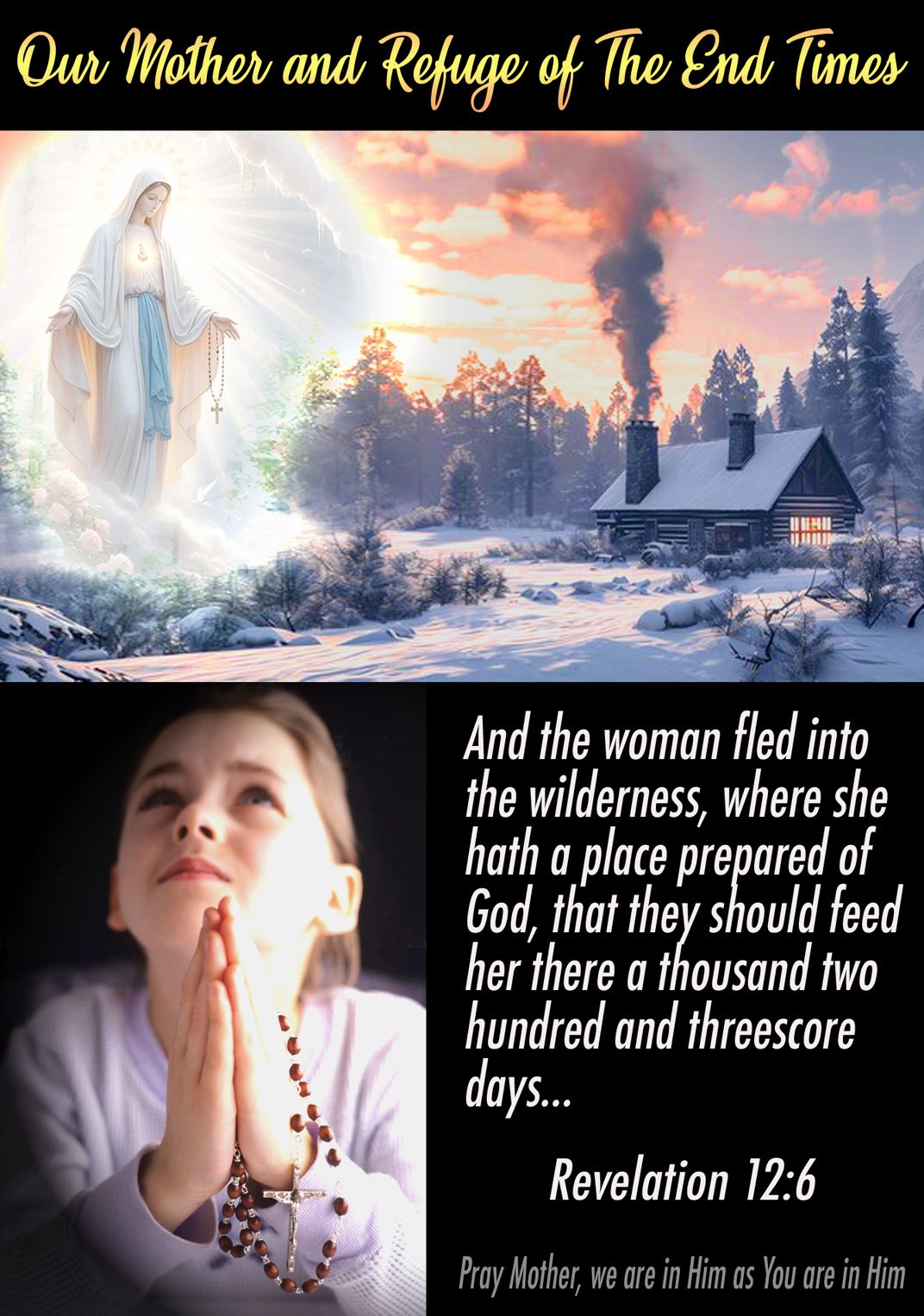
Search
Popular Posts
-
🙏 A New Chapter Begins: Supporting Pope Leo XIV with Prayer and Hope | W/ Daniel O’Connor
“Give the new pope a break and support him with your prayers.”–…
-
Possible Candidates for The Next Pope!
Some Candidates for the New Papacy Today we will share with you…
Categories
Archives
Tags
#Miracles (102) 2023 (4) 2024 (4) approved miracles (2) catholic (141) catholic blog (375) catholic meditations (7) catholic miracles (371) catholic motivation (2) catholic news (371) catholic prayers (4) CatholicSeers (359) catholic vlog (375) catholic websites (6) Eucharistic miracle (2) fr jim blount (3) GisellaCardia (11) hamas (3) imitation of christ (2) Israel (4) israel live (5) Israel news (9) jesus (3) jesus christ (4) Latest messages (11) lent 2023 (10) lent 2024 (4) lent homily (2) lent retreat (4) lent retreat 2023 (3) Lourdes (2) messages from god (6) MessagesFromHeaven (364) miracles of catholic church (2) mother and refuge (2) ourlady (325) OurLadyApparitions (22) our lady of lourdes (2) Pope (2) POPE francis (3) pope francis news (2) prayers (3) real miracles (356) sacred heart of jesus (2) The Miracles of Lourdes (2)
